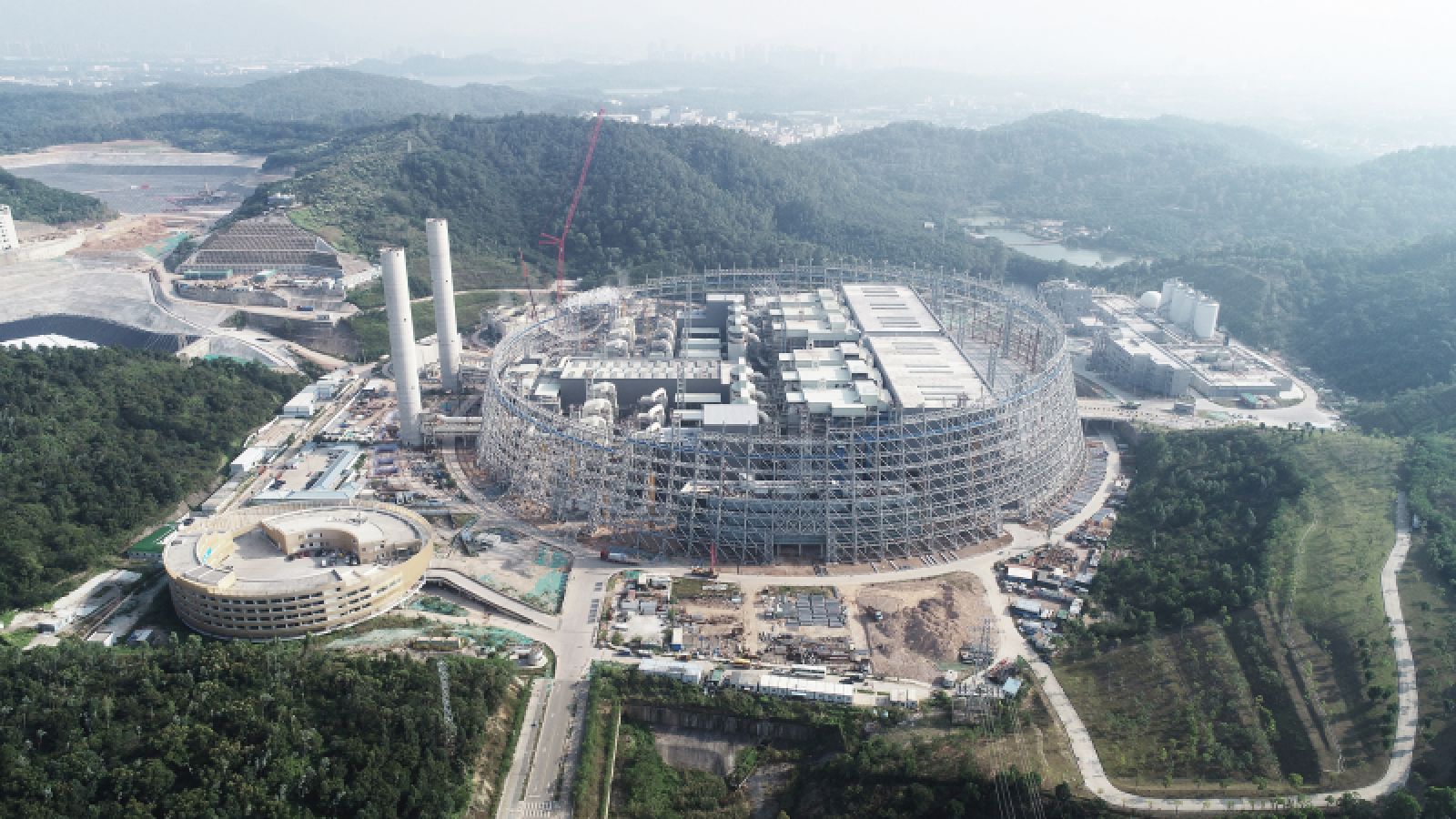After public consultation, which attracted almost 1,000 votes, the Shenzhen East Waste-to-Energy Power Plant received a new name: Energy Ring. From the outset, the goal was to design a waste-to-energy plant that is simple, clean, iconic.
A deserved indicator of the forward thinking developments that are being made within the waste-to-energy sector in China, and how this can be portrayed not only to the surrounding residents of Shenzhen but to the world. By proposing a clean circular form, the footprint of the plant is controlled and reduces the amount of excavation required to build on the site.
When complete, the Shenzhen East Waste-to-Energy Plant will be the largest of its kind in the world. Located on the outskirts of Shenzhen, Energy Ring will incinerate 5,000 tonnes of waste per day, generating 550 million kWh every year. With a population of 20 million, Shenzhen produces 15,000 tonnes of waste per day, a number that is increasing approximately 7% per year.
To counteract this, Shenzhen Energy wished to build a new plant that uses the most advanced technological processes in waste incineration and acts as a source of education for the city’s citizens. The scheme organises the entire plant, including auxiliary buildings, into one circular building – breaking with the traditional rectangular layout of industrial facilities.
Public visitors are invited into Energy Ring through a landscaped park, via an entrance bridge that rises between the stacks to an entrance lobby and visitor centre overlooking the plant machinery. The 66,000 square-metre roof is designed to be covered by up to 44,000 square-metre of photovoltaic panels
The panels roviding the opportunity for the plant to not only provide a cleaner way to deal with the city’s waste but also contribute to the renewable energy provision for the city. Detailed design work began in early 2016, and the plant is scheduled to go live in 2022. Source by SHL.






